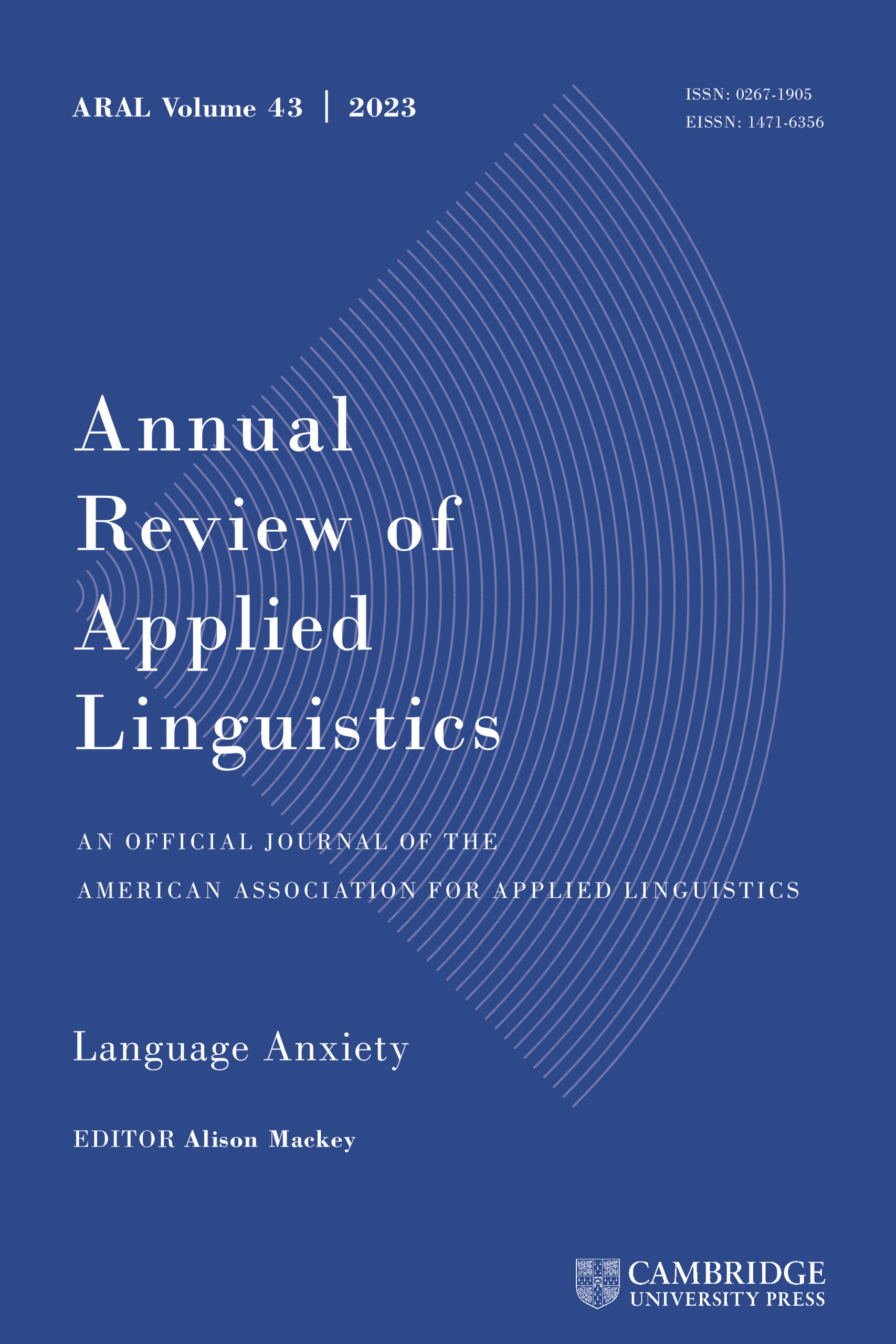Forecasting thunderstorms: UND professors receive grant to improve process using machine learning

Researchers will partner with state, federal weather agencies to conduct study

The University of North Dakota’s Department of Atmospheric Sciences has received a grant from the North Dakota Atmospheric Resource Board (NDARB) to develop a cutting-edge Machine Learning tool aimed at improving thunderstorm forecasts across North Dakota.
The project will be spearheaded by a team including Principal Investigator Marwa Majdi, research assistant professor, and Senior Investigator David Delene, research professor of atmospheric sciences.
The project will focus on enhancing the short-term forecasting of atmospheric instability, a critical factor in the formation of thunderstorms that can lead to severe weather conditions. Accurate forecasting is essential for the North Dakota Cloud Modification Project (NDCMP), which operates every summer in western North Dakota to mitigate hail damage and enhance rainfall. Reliable weather predictions are vital for anticipating the development of thunderstorms, a task that presents significant challenges. UND has collaborated with the state Atmospheric Resource Board for more than 20 years on many projects to address these forecasting needs, using numerical weather prediction models to support the Cloud Modification Project’s cloud seeding initiatives.
The accurate forecasting of potential updrafts and downdrafts “is crucial for the success of the NDCMP, as timely responses to developing storms can make all the difference,” said Majdi. “Our goal is to refine model outputs to enhance storm forecasts for the Cloud Modification Project’s summer operations. One of the key metrics meteorologists rely on is CAPE — Convective Available Potential Energy — which measures atmospheric instability. Accurate vertical profiles of temperature and dewpoint are essential for predicting these hazardous events.”
Delene added, “This project seeks to address these and other challenges by employing deep learning techniques to accurately depict the change in environmental conditions over a select window in space and time.”
The primary objective of this project is to use deep learning to improve forecasts by delivering precise vertical temperature profiles over Bismarck, N.D., during thunderstorm seasons. The research will use simulated temperature profiles from the Weather and Research Forecasting (WRF) model, alongside historical weather balloon data from the National Weather Service Forecast Office in Bismarck to train and test the machine learning model.
Majdi and Delene are optimistic about the potential of this project to strengthen the collaboration between UND and the Atmospheric Resource Board. They envision the developed system as a prototype that can be updated and improved through future research covering multiple thunderstorm seasons across North Dakota.
link








